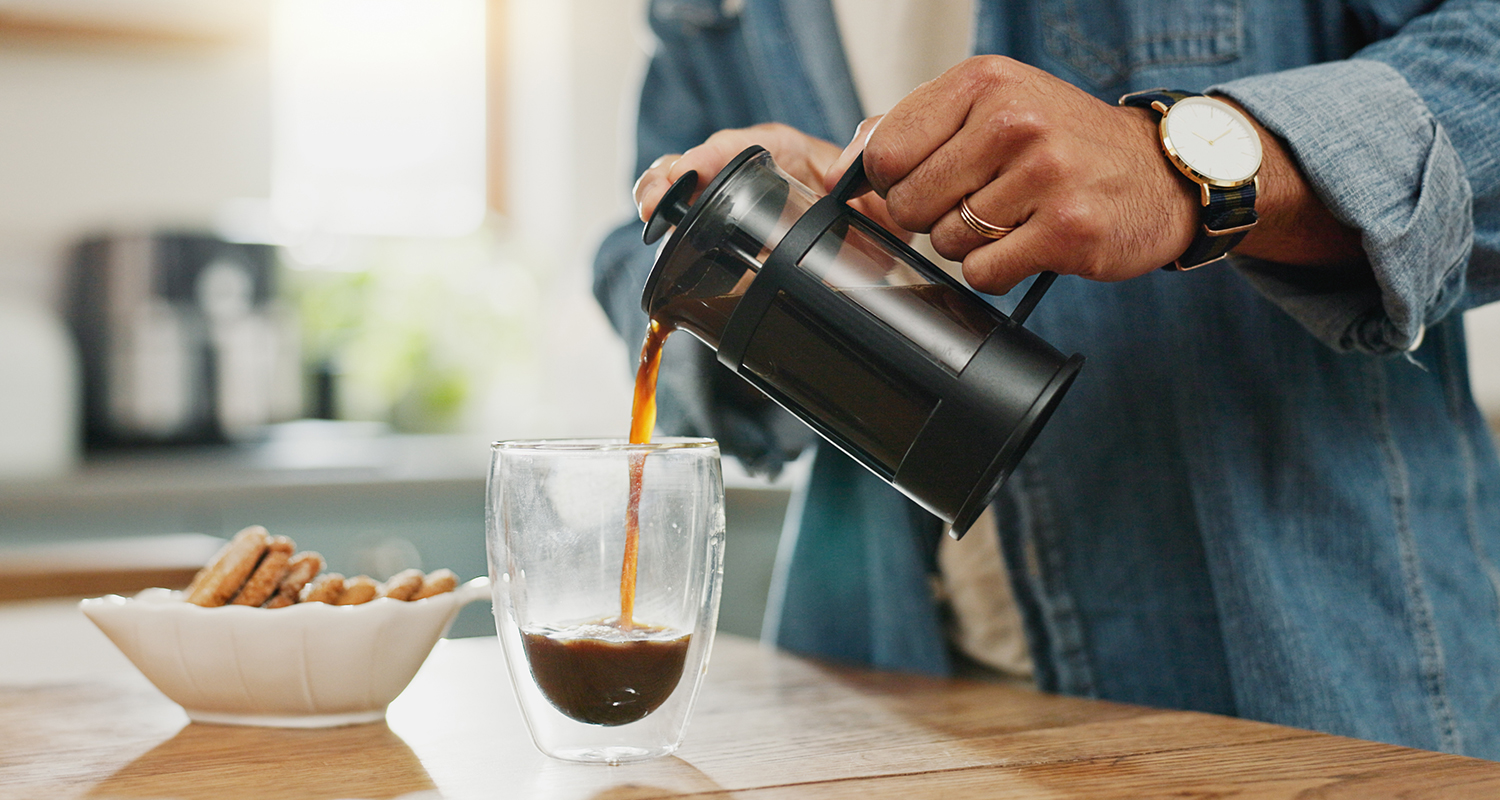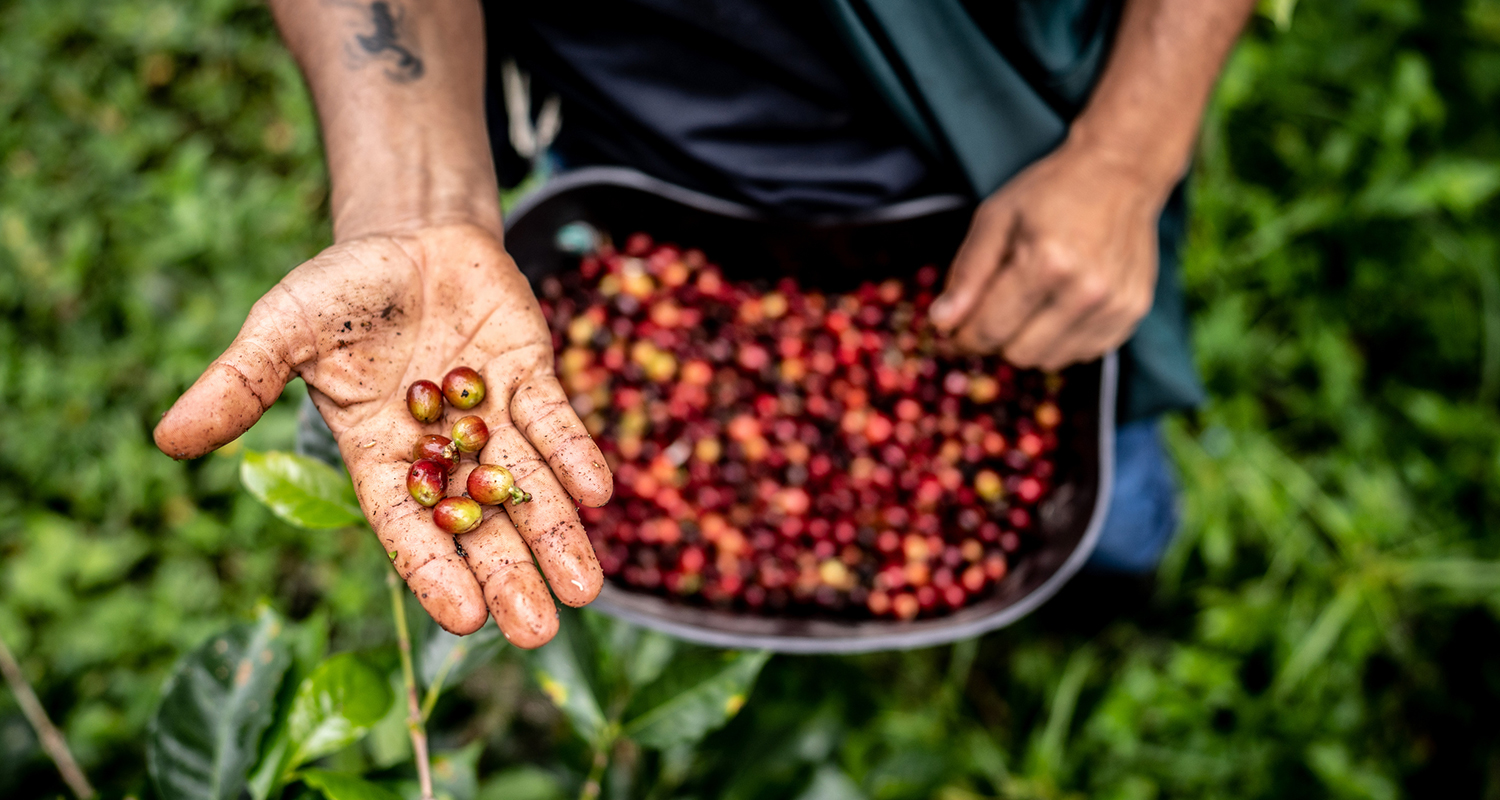by | | Curated Content
February 4th 2025
–
WellBeing Magazine
–
Laughter is a very natural thing. Babies laugh well before they can talk and even as adults, we laugh every day. Admittedly, kids do laugh a lot more than adults. The research tells us that children laugh on average 400 times per day, whereas adults only get their chuckle on about 15 times daily. Maybe we get distracted as we get older and we don’t see the humour in life quite so easily, or maybe children have needs that are fulfilled by laughter. Either way, laughter is something we do without thinking, so we are going to reverse that trend here and give laughter some thought. This is not going to be one of those “join a laughter club and burn calories” explorations, it is going to be a deep dive into what laughter is and why we do it. So, snorkels off, don your scuba tanks filled with nitrous oxide on and let’s get giggling.
The first laugh
The fact that babies laugh tells us that it is an instinctive behaviour. There is nothing surprising in that, but what might be less expected is that laughter has a wide evolutionary purpose. We know this because humans and apes are not the only animals that laugh.
Many animals produce sounds during play that are unique to that form of interaction. This “play vocalisation” is a version of human laughter and according to a study published in the journal Bioacoustics, there are 65 species that laugh while playing. Most of those species are mammals but a few are birds. The Australian magpie (Gymnorhina tibicen) and the New Zealand kea parrot (Nestor notabilis) are two bird species that vocalise during play. In fact, one study found if a kea’s warbling laughter is recorded and then played back to other keas, those keas will start playing.
It is possible, too, that the 65 species estimate is low-balling the laughers of this world. Rats, for instance, do laugh but it is a high-pitched chirping that is above the register for normal human hearing. We have had to use technology to measure rat laughter, so it is highly possible that many other mammals laugh too, if only we had the ears to hear it.
As far as humans go, the belief is that our “ha, ha, ha” laugh evolved from the panting that occurs during play. The estimates (such as those published in The Quarterly Review of Biology) are that laughter became a customary behaviour in our hominid ancestors somewhere between two and four million years ago. Researchers from the University of Sussex have pushed that date back further and suggest that the evolutionary origins of laughter can be traced back between 10 and 16 million years. These are estimates based on theoretical evolutionary frameworks because we just didn’t have the smartphones on hand to record those first laughs, but we do have a good idea of what happened when those initial laughs occurred.
Remote grooming
Humans have been wondering what is happening when we laugh for a very long time, thousands of years in fact. Plato and Aristotle both worried that laughter might undermine authority structures, and they realised that we can laugh when doing some very bad things as well as when we are doing something pleasurable. What we now know that the ancient philosophers did not know is that the physical nature of a “ha ha” laugh and the muscular movements that it requires stimulates the release of endorphins in the brain. These feel-good chemicals are why a laugh can make us feel better and why Oxford University researcher Professor Robin Dunbar has quipped beautifully that laughter is “grooming at a distance”. We know that grooming, brushing or stroking another individual, is a way of bonding and it functions through the release of these endorphins, but laughter acts in another way to modulate your mood as well.
Cortisol is a hormone released by your adrenal glands in response to stress. Cortisol levels are an indicator of your stress state and high cortisol levels for a prolonged period have negative health effects. Research published in the journal PLoS ONE in 2023 showed that laughing can reduce your cortisol levels by between 32 and 37 per cent.
Laughter is a mental soother, a form of remote grooming, that eases your stress levels and boosts your mood. The utterly beneficial nature of laughter begs the question as to what makes us laugh in the first place.
What’s so funny?
You know the feeling when someone makes a remark and you just can’t help but laugh. In those moments of genuine (also known as Duchenne) laughter, neural pathways have been triggered at a sub-cortical level in your brain so that you do not even consciously think about why something is funny. You don’t need to worry, though, because philosophers and researchers have plenty of time on their hands to consider what causes something to make you laugh and there are a few generally accepted theories.
Social signalling: Laughter is generally considered to be a social signal and to have evolved out of play vocalisations to indicate that no threat is present and that there is an affiliation between the people laughing. Hence, laughter can be prompted by the need to show approval for or agreement with what has been said.
Schadenfraude: A darker side of laughter is when it arises from feelings of triumph or superiority over another person, think of the Bond villain who has James in a dire situation and indulges herself in a wicked chuckle. We call this “schadenfreude”, the positive feelings that arise in response to the misfortunes of others, and it is an involuntary cause of laughter in even the best of us. It is why pathetic characters are often comedic and why seeing someone fall over gets such airplay on social media.
Incongruity: Incongruity arises when expectations are not met by reality. This is a fundamental truth of life. Buddha called it suffering, and we are programmed to laugh when it happens. Philosophers such as Immanuel Kant and Arthur Schopenhauer acknowledged that these unexpected, sometimes absurd, moments are what stimulate laughter. Philosophers and psychologists agree that laughter is a way of mentally resetting and reconciling when expectations don’t meet reality and, given the regularity with which this occurs, laughter is a psychological survival mechanism.
The pleasure principle
Life is hard but laughter helps. Millennia of our evolution have provided us laughter to strengthen our social bonds and ease our existential angst. Laughter is an unconscious thing on many levels, but you should not take it for granted. In the Harvard Gazette, psychologist Natalie Datillo observed, “When you are not regularly activating the pleasure/reward centres of the brain, they go offline. So in order to feel good, we have to practise feeling good. And laughing is one of the most cost-effective ways to do that.” The moral is to put yourself in positions where laughter can happen, embrace absurdity, give yourself permission to laugh and invite pleasure into your life.
Article featured in WellBeing Magazine 214
The post The laugh’s on you appeared first on WellBeing Magazine.
Read the full article here:
The laugh’s on you
by | | Curated Content
February 4th 2025
–
WellBeing Magazine
–
When life tested Louise Mace with its toughest challenges, she found healing, purpose and her true calling in natural health.
“The year 2020 changed my world, and I’m not referring to the pandemic,” Mace shares. “I’d been a widow for six years, working in an industry that didn’t align with me and relying on alcohol to numb my sadness. I knew I was off my path, and I felt completely out of place in my own skin.”
A deep period of soul-searching led Mace to a life-changing decision. “I’d always felt connected to nature and its gifts – the ocean, forests plants – and I was raised to appreciate natural healing. Growing up in Tasmania in the ‘70s, that way of life was just normal.”
In the early ‘90s, Mace took the opportunity to move her young family to Deniliquin, NSW, for a fresh start. It was here that her passion for supporting others began. “I started working as a pharmacy assistant in 1996 and I absolutely loved it. I embraced natural supplements, aromatherapy and helping mums with infant health. When a visiting iridologist came to the pharmacy, I was hooked. I knew this was the path I wanted to follow – to help others heal.”
However, life had other plans. Mace’s studies were put on hold due to family and work commitments and, later, the devastating loss of her husband in 2014. “All I could think about was surviving and protecting my children and their beautiful families. Meditation, soul-searching and the support of my circle saved me during that time.”
It wasn’t until 2020 that Mace finally reclaimed her dream. “I discovered Nature Care College and every word I read on their website resonated with me. I knew in my heart that this was where I was meant to be. At 54, I enrolled in three short courses to nurture my brain for the study journey ahead. My first online class was the most wonderful experience – I had found my tribe. I felt so excited – the lecturers, the content, my fellow students – everything felt like coming home. This was exactly what I was meant to be doing.”
Living in the small rural town of Deniliquin, Mace is committed to making nutritional and holistic health support accessible to her community and surrounding isolated areas. Her business, Nurture with Louise, reflects her desire to break down barriers to holistic healthcare and create a space of understanding and empowerment.
As a volunteer for the breakfast program at her grandsons’ primary school, creator of a preschool program called How to be a Food SuperHero and a community representative on the Deniliquin Local Health Advisory Committee, Mace is truly in tune with what her community really needs.
Her dedication to supporting her town has not gone unnoticed. Mace was recently recognised as a finalist in the Deniliquin Business Awards in the New Business category.
Four years after beginning her journey at Nature Care, Louise Mace now sits proudly in her own beautiful space, supporting clients as a clinical nutritionist and naturopath. “I feel so proud of what I’ve achieved – academically, personally and physically, she says. “Nature Care didn’t just teach me. It gave me a sense of belonging and a supportive community that lifted me up every step of the way. I’m forever grateful to the lecturers, the caring staff and my fellow students.”
For more details, visit naturecare.com.au and nurturewithlouise.com.au.
The post Nature and nurture appeared first on WellBeing Magazine.
Read the full article here:
Nature and nurture
by | | Curated Content
February 3rd 2025
–
WellBeing Magazine
–
Editor Kate explores the subtle nuances of Zensi, a new luxury retreat space in NSW’s Mudgee, and of her soul.
Late last year, I packed my bags for a two-day escape in Mudgee, NSW, with my sister-in-law, Lauren. We checked into Zensi, a new luxury retreat space 15 minutes from Mudgee town centre and the airport. I had no expectations for the retreat, but I did have plenty of intentions. I wanted to deeply relax, reconnect to my essence, spend quality time with Lauren and sit in circle with other women.
The name Mudgee, derived from the Wiradjuri term Moothi, which translates to “nest in the hills”, perfectly encapsulates the essence of the charming region. Paying homage to this, Zensi offers its own version of a nest – a sanctuary where one can feel embraced, nurtured, safe and free to explore. It is these qualities that founders Ruby Chapman and Ray Tayoun weave beautifully into every moment of Zensi.
The embrace
When I first opened the heavy black oak door to Zensi’s main house, I was greeted by Ruby’s warm smile. Her welcoming embrace immediately made me feel at home – it was familiar and comforting. I later learned that Ruby practises reiki, which could explain the nurturing energy I felt in our initial encounter. I met her husband Ray, who offered Lauren and I a glass of champagne, and we joined nine other women on a tour of the house.
It’s difficult to describe the interiors of Zensi because words are limited in their expressions. What Ruby and Ray have created transcends words – they’ve shaped a feeling, a pause, a moment in time.
Every nook has been meticulously crafted by the husband-and-wife team. With Ruby working on the interior design and Ray on the build, both the main house and villa feature curved walls, beautiful stone flooring and stunning marble finishes. The ambiance of the space honours the beauty of raw and earthy materials, which was a conscious and integral design choice for the couple.
Accommodating up to 10 guests, the house seamlessly adjusts to the seasonal shifts of Mudgee. Featuring an indoor wood fireplace and sunken outdoor firepit for the cool evenings and a rejuvenating mineral pool for the summer months, there’s no reason to leave. With a 10-person sauna, hot or cold spa, wellness room, helipad and so much more, Ruby and Ray have truly thought about it all.
The villa, where Lauren and I stayed, comfortably sleeps two and features an oversized round bath, an outdoor firepit, indoor wood fireplace, outdoor hot and cold plunge pool and sauna. From our king bed, we watched the horses, cows and alpacas graze in the surrounding 33 acres and listened to the sparrows sing.
Feeling deeply nurtured
At Zensi, the nurturing manifested in various forms: Qi gong, organic wine tasting, incredible Ayurvedic food, sunrise and sunset yoga, reiki, sound healing, breath work and connection with like-minded women. Each practice created a deep sense of rejuvenation for both Lauren and I, however one moment stood out the most.
On Saturday, Ali Skiba, a sound healer and voice activation coach, led the group through a breath and sound healing session. Using singing and crystal bowls, guitar, flutes, drums and her beautiful voice, she immersed our bodies in sound. The vibration of the singing bowls deeply penetrated my soul, to the point that I was void of any tangible form. I was soaking in pure sound frequencies. As I dropped into a meditative state, Ali led the group through a few rounds of breath retention. Suddenly, a vision of my grandmother and grandfather, who have both passed, flashed by. They were surrounding my son, husband and I, saying, “We are always with you, we are always here.” The warmth, comfort and familiarity this left my heart was astonishing.
As the words “lean towards love” floated around my mind, Ali began singing Hallelujah by Jeff Buckley. Beside me, Lauren joined in, sharing her angelic voice with the group. As she harmonised perfectly with Ali, I couldn’t help but sob. I allowed the tears to stream down my cheeks, soaking my eye pillow, and I heard sobbing all around the room.
In the heart of Mudgee, as a collective of powerful women, we let it all out. We cried, we listened, we lent in, we held and we were held.
Afterwards, I found myself attempting to process the profound impact. This symphony of emotional release etched itself deeply into my soul, serving as a powerful reminder that such transformative moments are to be cherished. They arise spontaneously, born of creativity and manifestation, intricately intertwined by surrender and stillness.
Ayurvedic offerings
Over the weekend, we ate incredibly delicious food. Alex (LAST NAME), a culinary genius, was our private chef. His Ayurvedic menu consisted of carrot and coconut soup, sattvic soba bowl, lentil dal, crispy tempeh sticks, pea samole, fruit platters, mango cream and so much more. Everything we ate was vegan, gluten-free, good quality and perfectly cooked.
Alex was an early riser, diligently preparing breakfast and lunch, and consistently the last one to go to bed. His unparalleled dedication to creating good, soulful food shone through in every dish.
A sanctuary of self-discovery
Zensi is much more than a retreat space; it’s a sanctuary of self-discovery and indulgence. It offers the perfect blend of luxury, nature and wellness activities. My intentions to pause, embrace and immerse myself in the beauty of living were surpassed. Entering Zensi, I had no expectations, however the retreat not only raised my personal vibration but also deepened the bond and connection I share with my sister-in-law.
For more information, visit zensiretreat.com.au
Photography: Katie Wade and Alysha Dawn
The post A moment of Zensi appeared first on WellBeing Magazine.
Read the full article here:
A moment of Zensi






